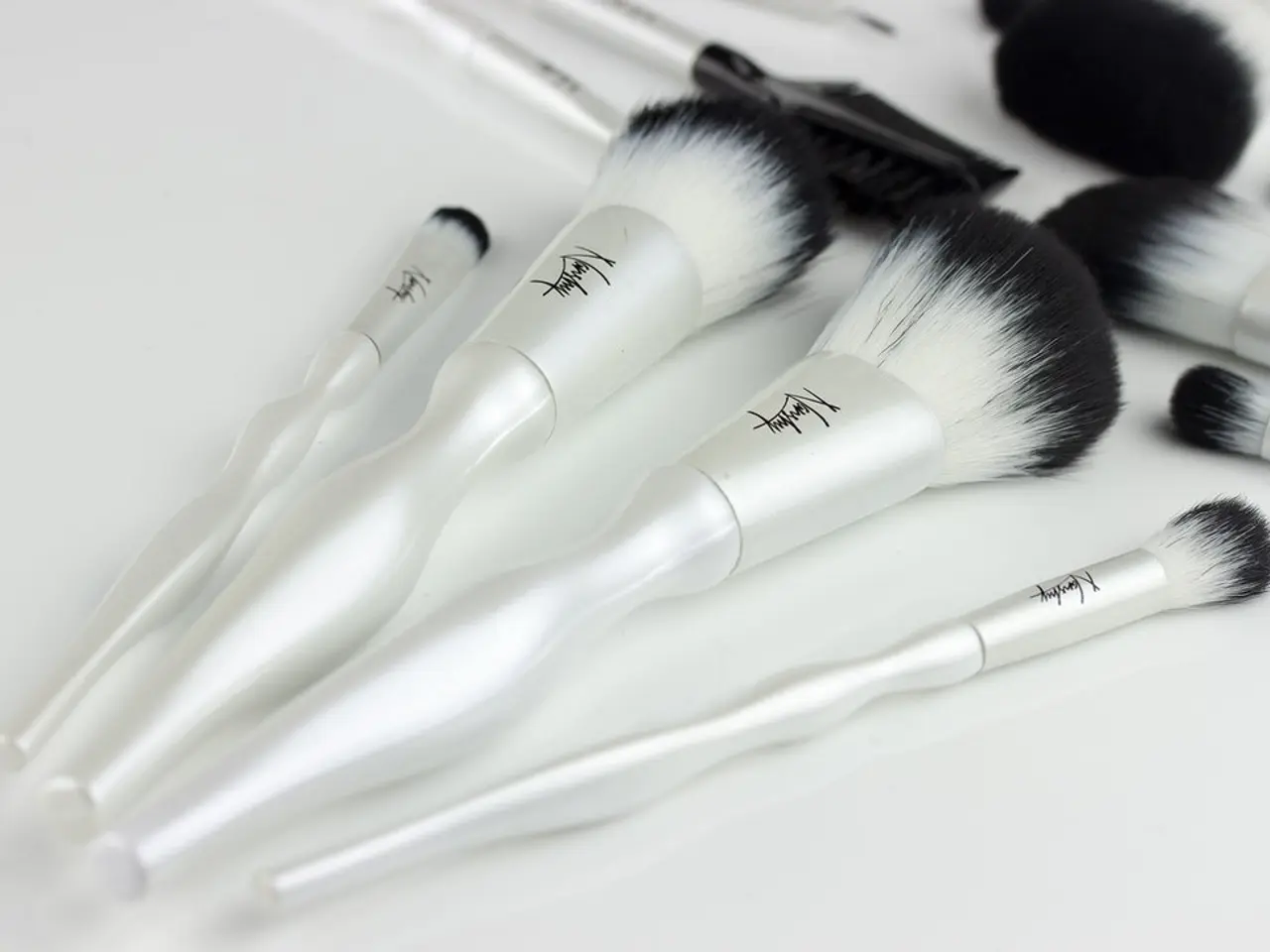Comparison of Botox and Fillers: Functions, Outcomes, and Distinctions
In the realm of cosmetic medicine, Botox and dermal fillers have become popular choices for those seeking to combat the signs of aging. These treatments, while effective, raise questions about their long-term effects and safety.
### Botox: Long-Term Effects and Safety
Regular Botox injections can effectively delay the onset of fine lines and static wrinkles, and in some cases, even prevent deeper lines from forming. This is especially true if treatments start in the 20s or 30s. If you stop Botox, muscle activity returns, and wrinkles may gradually reappear. However, these wrinkles are often less prominent than they would be if you had never used Botox. There is no evidence that long-term Botox use causes permanent or long-term damage when administered correctly.
The main risks associated with Botox are related to incorrect injection technique, which can cause drooping eyelids or uneven results. Choosing an experienced provider is crucial to minimizing these risks.
### Dermal Fillers: Long-Term Effects and Safety
Dermal fillers are substances designed to be injected beneath the surface of the skin to add volume and fullness. They can help correct areas that have thinned due to aging, such as the cheeks, lips, and around the mouth. However, long-term use of dermal fillers can occasionally lead to granuloma formation (inflammatory reactions) or filler migration, where the product moves from its original injection site. Routine check-ups with your practitioner can help monitor for these complications and manage them promptly if they arise.
### Summary Table
| Treatment | Long-Term Effects | Safety Concerns | |-------------------|----------------------------------|----------------------------------------------| | Botox | Delays/prevents wrinkles, softens existing lines, may teach muscles to move less | Rare: temporary muscle weakness, drooping eyelids, correct technique critical[1][3][5] | | Dermal Fillers | Granulomas, migration of filler | Inflammatory reactions, need for monitoring[2] |
### Key Takeaways
- Botox is safe for long-term use when administered by experienced professionals and does not cause permanent harm. - Dermal fillers have a low risk of long-term complications, but can occasionally cause granulomas or migrate, which should be monitored. - Technique and provider experience are critical for minimizing risks in both treatments. - Dermal fillers can help correct areas that have thinned due to aging, such as the cheeks, lips, and around the mouth. - Botox results last 3 to 4 months, while dermal filler results vary depending on the filler used. - The cost of dermal filler treatments varies depending on the provider, the area being treated, and the type of filler selected. - A study in JAMA Dermatology found that Botox and filler procedures are very safe when performed by experienced board-certified dermatologists, with side effects occurring in less than 1 percent of recipients, and most of these being minor. - The most common dynamic wrinkles that Botox can treat are lines on the upper face, such as the "11" between the brows, horizontal lines on the forehead, and crow's feet around the eyes. - The use of a qualified medical provider, such as a board-certified dermatologist, plastic surgeon, or cosmetic surgeon, helps ensure the procedure is done safely and properly. - Botox is a purified form of the botulinum toxin obtained from bacteria. - The most common problems associated with dermal fillers include skin rash, itching, pimple-like eruptions, redness, bruising, bleeding, swelling, undesirable appearance, skin damage, blindness or other vision problems, and death of skin cells due to loss of blood flow to the area. - Botox works by blocking nerve signals in the muscles where it is injected, temporarily paralyzing or freezing them. - Calcium hydroxylapatite, hyaluronic acid, polyalkylimide, polylactic acid, and polymethyl-methacrylate microspheres are substances used in dermal fillers. - Botox only works on wrinkles that are caused by muscle movement, known as dynamic wrinkles.
- While Botox can effectively delay and prevent wrinkles, it does not affect non-dynamic wrinkles that are not caused by muscle movement, such as ulcerative colitis, psoriasis, or atopic dermatitis on the skin.
- In the realm of science, advancements in health-and-wellness, especially in skin-care therapies and treatments, have led to predictive tools for monitoring disease progression, like Crohn's disease or migraine headaches, using data such as AQ.
- In the domain of multiple sclerosis, Botox injections have shown promise in reducing spasticity and pain, while dermal fillers may not have a direct impact on such disorders.
- For individuals dealing with asthma, Botox injections might not be recommended due to its potential interaction with certain medications, but proper nutrition is essential for maintaining overall health and well-being.
- In the context of facial cosmetic surgery, Botox's role is mainly in the reduction of wrinkles, while multiple sclerosis and Crohn's disease primarily involve the central nervous system and gut, respectively.
- Skincare routines for diseases like sclerosis or psoriasis often prioritize gentle products to soothe and protect the affected skin, avoiding aggressive treatments like Botox or dermal fillers.
- A study on Muslims in Singapore found that Botox and filler procedures were often associated with the desire for beauty and improved self-esteem, but not as a means to manage health conditions such as migraines or Crohn's disease.
- While Botox doesn't directly influence the development of cancer, maintaining healthy skin through proper skincare and minimizing sun exposure can help reduce the risk of certain skin cancers like melanoma.
- Migraine sufferers may find relief through various treatments, including Botox as a preventative measure, in combination with lifestyle modifications and stress management techniques.
- In the case of Crohn's disease, therapies and treatments focus on managing inflammation within the digestive tract, while wrinkles and skin conditions like atopic dermatitis are primarily addressed through skincare routines and, in some cases, dermal fillers.
- The increasingly integrative approach to health and wellness sees the intersection of medical and cosmetic practices, such as Botox for migraines and dermal fillers for skin rejuvenation, reflecting the growing fascination with health-and-wellness, skin-care, and safe and effective therapies and treatments.




